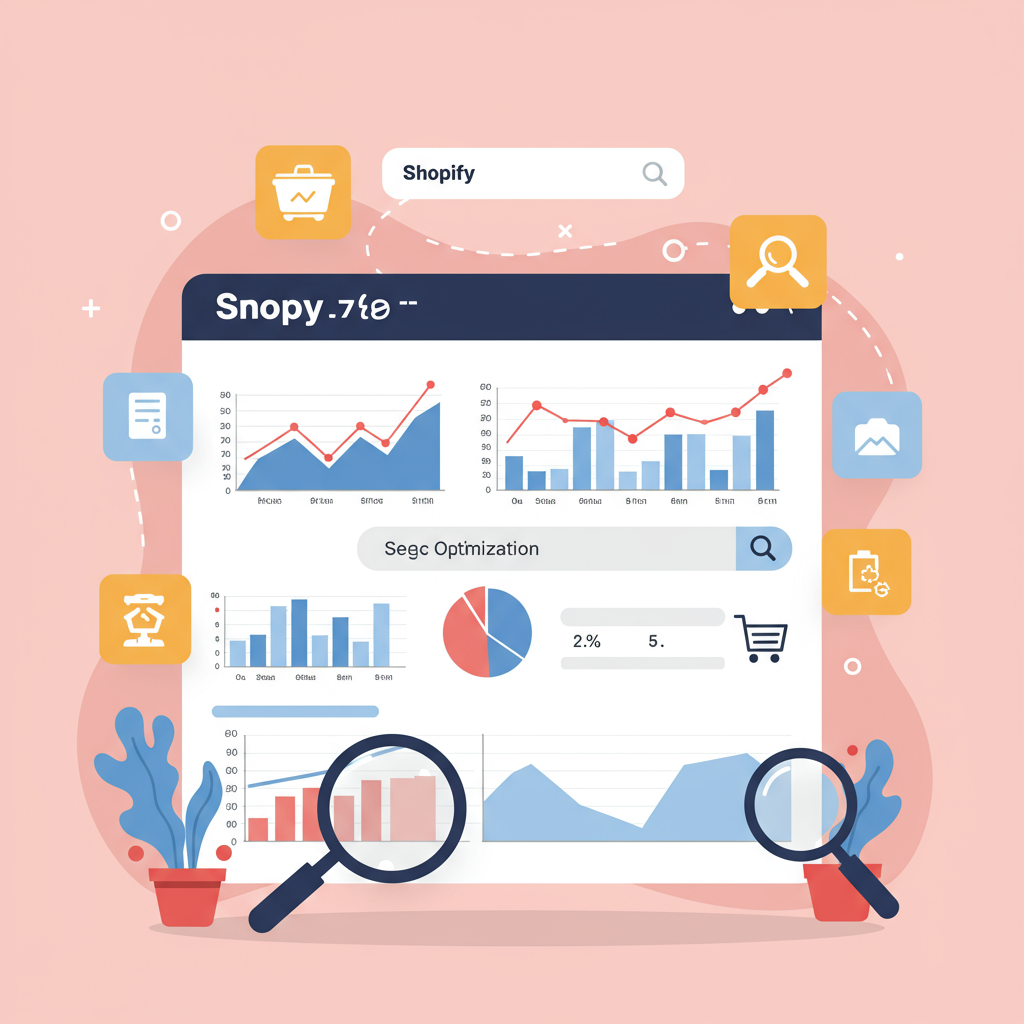Future-Proofing Your Online Store’s Visibility and Sales
Hello fellow merchants! I’m here today to talk about something absolutely crucial for your online store’s future: Search Engine Optimization, or SEO.
Specifically, we’re diving into a comprehensive Shopify SEO checklist designed to propel your business forward into 2026 and beyond.
The digital landscape is constantly evolving, and staying ahead of the curve with your search engine optimization is no longer optional; it’s a necessity for survival and growth.
My goal is to provide you with actionable insights and a clear roadmap to ensure your Shopify store ranks high, attracts more organic traffic, and ultimately, drives more sales.
Let’s start with the absolute foundation: **Keyword Research for 2026**. This isn’t just about finding popular terms anymore; it’s about understanding intent.
I recommend focusing heavily on long-tail keywords, which are more specific, often question-based phrases that users type into search engines. They typically indicate higher purchase intent.
Think about semantic search and user intent. Google is getting smarter; it understands the context and meaning behind queries, not just exact keyword matches. Your content should reflect this.
Consider voice search optimization too. People are increasingly using voice assistants, and their queries tend to be more conversational and question-based. How would someone ask for your product?
Next on our checklist is **On-Page SEO**. This refers to all the optimizations you can make directly on your website to improve its search engine ranking.
For every product page, collection page, and blog post, I urge you to meticulously optimize your meta titles and descriptions. These are your store’s storefronts in search results.
Make sure they are compelling, include your primary keywords naturally, and encourage clicks. Always keep character limits in mind for optimal display on search engine results pages.
Don’t forget your product descriptions. I advise writing unique, detailed, and keyword-rich descriptions that genuinely help customers understand what they’re buying and why they need it.
Image alt text is another critical element. I always ensure every image on my Shopify store has descriptive alt text, not only for SEO but also for accessibility for visually impaired users.
Implementing structured data (Schema Markup) is also vital. This helps search engines understand the content on your pages better, leading to rich snippets in search results like star ratings or pricing.
Moving on to **Technical SEO**, which is often overlooked but incredibly important for a healthy, crawlable site. This is the backbone of your online presence.
Site speed is paramount. I constantly monitor my Shopify store’s loading times. A slow site frustrates users, increases bounce rates, and can negatively impact your rankings.
While Shopify generally handles many technical aspects well, I still recommend optimizing images, using efficient themes, and minimizing app bloat to keep your site lean and fast.
Ensure your store is fully mobile-responsive. With most traffic coming from mobile devices, a seamless experience on all screen sizes is non-negotiable for both users and search engines.
I always check my sitemap.xml file to ensure it’s up-to-date and submitted to Google Search Console. This helps search engines discover all your important pages efficiently.
Pay attention to canonical tags, especially for product variants or similar content, to prevent duplicate content issues that can confuse search engines and dilute your SEO efforts.
**Content Marketing** is where you truly connect with your audience, build authority, and answer their questions, positioning your brand as a leader in your niche.
I strongly advocate for a robust blog strategy. Create valuable, informative, and engaging content that addresses your customers’ pain points, questions, and interests.
Think beyond just text. Incorporate videos, infographics, and user-generated content to diversify your offerings and keep visitors engaged for longer periods.
**Off-Page SEO** primarily revolves around building high-quality backlinks from other reputable websites to your Shopify store.
I focus on earning links from authoritative websites in my niche. This signals to search engines that your store is trustworthy, credible, and an authority on its subject matter.
Guest blogging, strategic partnerships, and creating highly shareable content are excellent strategies I employ for effective link building.
**User Experience (UX)** is increasingly intertwined with SEO. Google rewards sites that provide a great user experience because it aligns with their goal of serving relevant, high-quality results.
I pay close attention to Core Web Vitals – metrics like Largest Contentful Paint (LCP), First Input Delay (FID), and Cumulative Layout Shift (CLS) – as they directly impact user experience and rankings.
A clear, intuitive site navigation and internal linking structure are also crucial. I want my customers to find what they need effortlessly, guiding them through my store.
Finally, **Analytics and Monitoring**. I regularly use Google Analytics and Google Search Console to track my performance.
These tools provide invaluable data on how users interact with my site, how my store performs in search results, and where I can make improvements.
I track keyword rankings, organic traffic, conversion rates, and identify areas for improvement based on real data, not just guesswork.
What do you think about this comprehensive checklist? I’d love to hear your thoughts and if you have any strategies you’ve found particularly effective!
In conclusion, mastering Shopify SEO for 2026 requires a holistic approach, combining technical prowess with compelling content and an unwavering focus on user experience.
By diligently following these steps, I am confident you can significantly boost your store’s visibility, attract more customers, and achieve sustainable growth in the competitive e-commerce landscape.
Start implementing these strategies today, and watch your Shopify store thrive in the competitive online marketplace!






